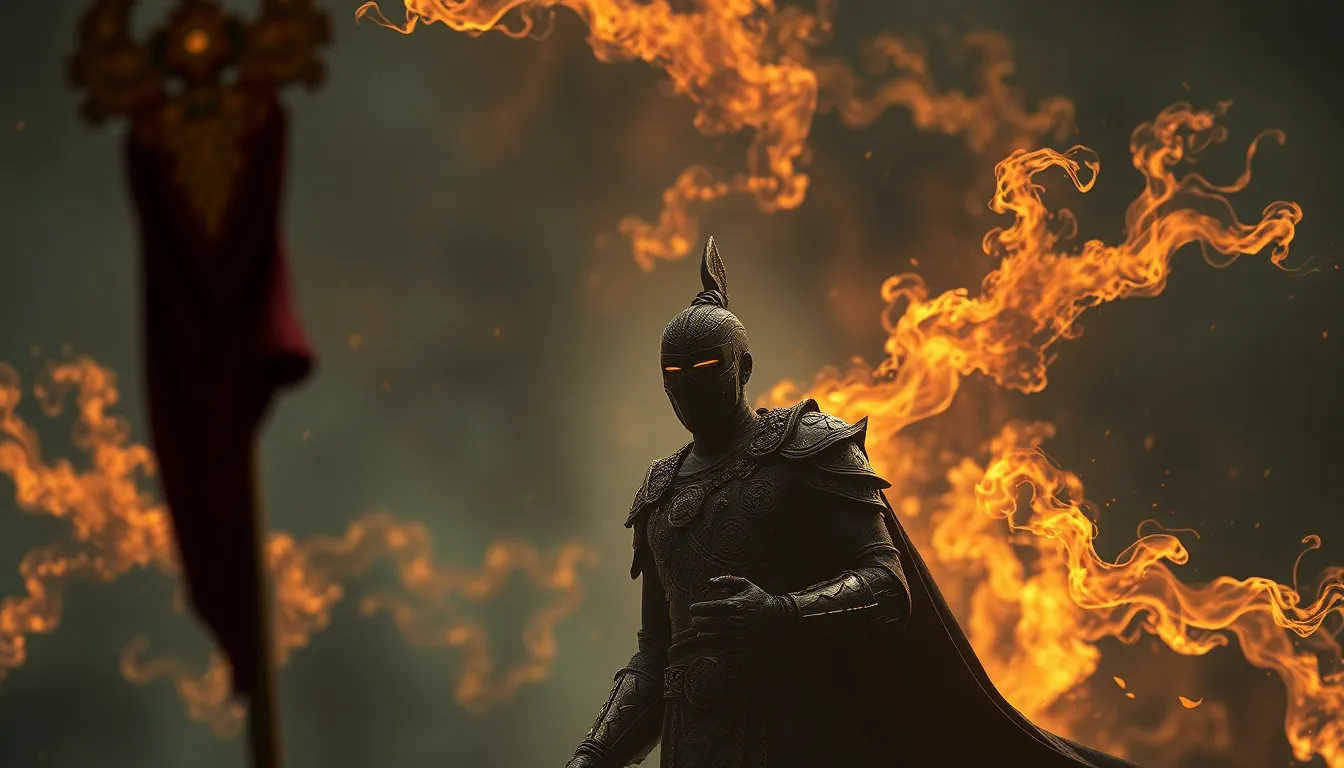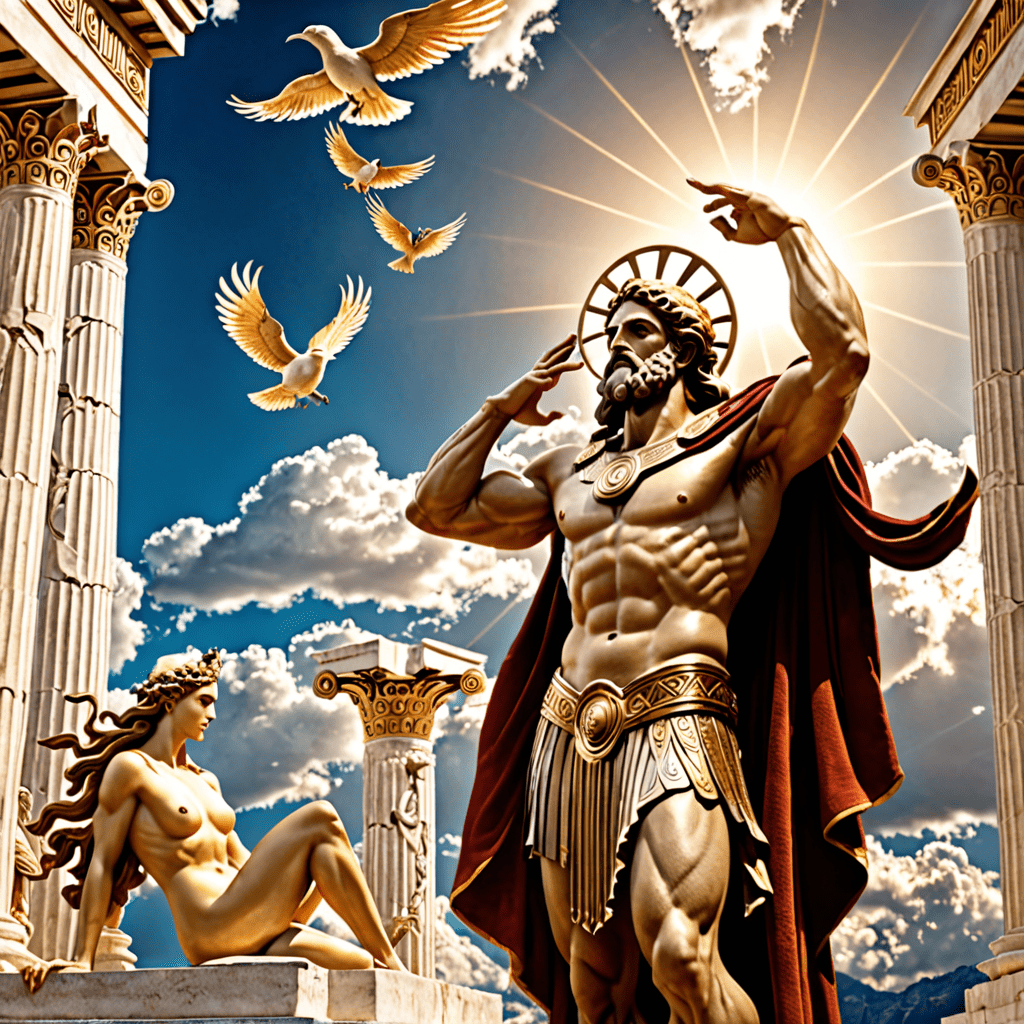Incan Mythical Food: Nourishment for Body and Soul
1. The Sacred Origins of Food in Incan Cosmology
The Incan Empire, which thrived in the Andes Mountains of South America from the 15th to 16th centuries, was a civilization deeply connected to the natural world. Their understanding of food went beyond mere sustenance, weaving it into the fabric of their spiritual beliefs and cosmology. The Incan worldview saw the universe as a complex and interconnected system, where every element, from the mountains to the stars, played a vital role in the grand scheme of creation. Food, therefore, was not simply a product of human labor but a gift from the divine forces that governed their existence.
2. Pachamama’s Bounty: Food as a Gift from the Earth Mother
At the heart of Incan cosmology lay Pachamama, the Earth Mother, a powerful deity who embodied the fertility of the land. She was revered as the source of all life and the provider of sustenance. Incan people believed that Pachamama bestowed her bounty upon them, granting them the ability to grow crops and raise livestock. This belief instilled in them a deep respect for the land and its resources, prompting them to cultivate their fields with reverence and offer sacrifices to appease the Earth Mother.
3. The Sun’s Life Force: The Role of Inti in Incan Agriculture
Inti, the Sun God, played an equally crucial role in Incan agriculture. As the giver of light and warmth, he was seen as the catalyst for growth and prosperity. Inti’s influence was paramount in the Incan calendar, with their agricultural practices and rituals meticulously aligned with the solar cycle. The Incan people believed that Inti’s divine energy infused their crops, giving them the power to flourish and provide nourishment. This belief shaped their understanding of food as a conduit for the Sun God’s life force.
4. Machu Picchu’s Sacred Gardens: Cultivating Divine Sustenance
Machu Picchu, the iconic Incan citadel perched high in the Andes, was more than just a fortress. It was a testament to their deep connection to the divine and a living example of their agricultural practices. The citadel’s terraces and gardens were meticulously designed to capture the sun's energy and harness the Earth's resources. This sacred space served not only as a source of food but also as a place of worship where humans could connect with the divine forces that sustained them.
5. The Symbolism of Maize: From Gods to People
Maize, known as "corn" in English, was a cornerstone of the Incan diet and held profound symbolic meaning. It was believed to have been created by Viracocha, the creator god, and was revered as a gift from the divine. The Incan people saw maize as a representation of the cycle of life, death, and rebirth, mirroring the cyclical nature of their agricultural practices. This deep symbolism infused maize with a spiritual significance that transcended its nutritional value.
6. The Power of Quinoa: A Grain Fit for the Inca
While maize held a dominant position in Incan cuisine, quinoa was another vital grain that played a crucial role in their diet. This nutritious grain, often referred to as a "superfood" today, was highly valued by the Inca for its versatility and nutritional properties. Quinoa was a staple food for both the common people and the Inca elite, and its cultivation was considered a sacred duty. The Incan people believed that quinoa, with its high protein content and complete amino acid profile, held a special power that could invigorate the body and mind. It was seen as a grain fit for the gods, symbolizing their connection to the Earth and its bounty. Quinoa's resilience in harsh conditions and its ability to thrive in high altitudes further solidified its role as a symbol of the Incan people's adaptation and strength.
7. The Myth of the Sacred Coca Leaf: A Bridge Between Worlds
The coca leaf, which is native to the Andes, played a complex and multifaceted role in Incan society. Beyond its use as a stimulant and a source of energy, the coca leaf held deep spiritual significance. It was believed to be a gift from the gods, a bridge between the human world and the divine realm. Incan people believed that chewing coca leaves could enhance their connection to the spiritual world, granting them access to knowledge and wisdom. The coca leaf was often used in rituals and ceremonies, further amplifying its spiritual importance. Its ability to suppress hunger and fatigue played a vital role in the Inca's ability to navigate the challenging terrain and demanding agricultural practices of their mountainous homeland.
8. Chicha: The Spirit of Maize in Fermented Form
Chicha, a fermented beverage made from maize, was an important part of Incan culture. It was seen as a sacred drink, infused with the spirit of maize and the life force of Pachamama. Chicha was consumed during ceremonies, festivals, and rituals, bringing people together and fostering a sense of community. It was believed to have the power to nourish both the body and the soul. The process of making chicha was highly symbolic, reflecting the cyclical nature of life and the transformation of raw materials into something nourishing and sacred. The act of sharing chicha was seen as a way of sharing the spirit of the Earth and its bounty with others.
9. Theories on the Role of Myth in Incan Food Culture
The Incan myths surrounding food were deeply entwined with their social structure, religious beliefs, and daily life. These myths served as a powerful tool to reinforce social norms, promote agricultural practices, and foster a sense of unity and purpose among the people. By linking food to divine powers and the forces of nature, the Incan people created a sense of sacredness around their dietary practices, elevating food beyond mere sustenance to a spiritual experience. The myths also served as a way to transmit knowledge and cultural values from one generation to the next, ensuring the continuity of Incan traditions.
10. The Enduring Legacy of Incan Food Mythology
The Incan myths surrounding food continue to resonate today, offering a fascinating glimpse into the worldview of a complex and sophisticated civilization. These myths highlight the significance of food in human culture, suggesting that the relationship between humans and their food is not merely about physical nourishment but also about spiritual connection, cultural identity, and the preservation of traditions. Although the Incan Empire has long since fallen, the legacy of their food mythology lives on in the delicious and nutritious foods that continue to be enjoyed in the Andes Mountains and around the world.
FAQ
What are some of the key ingredients used in Incan cuisine?
The cornerstone of Incan cuisine was maize, a staple grain that was both a source of nourishment and a symbol of the Earth Mother's bounty. Quinoa, another nutritious grain was highly valued for its versatility and nutritional properties. The coca leaf, a sacred plant believed to be a gift from the gods, was used in rituals and ceremonies and helped to suppress hunger and fatigue.
How did Incan myths shape their food culture?
Incan myths infused their understanding of food with a deep spiritual significance, connecting it to the forces of nature and the divine realm. These myths reinforced social norms, promoted agricultural practices, and fostered a sense of unity and purpose among the people.
What is the significance of chicha in Incan culture?
Chicha, a fermented beverage made from maize, was seen as a sacred drink, infused with the spirit of maize and the life force of Pachamama. It was consumed during ceremonies, festivals, and rituals, bringing people together and fostering a sense of community.
What are some of the enduring legacies of Incan food mythology?
The Incan myths surrounding food continue to resonate today, offering a fascinating glimpse into the worldview of a complex and sophisticated civilization. These myths highlight the significance of food in human culture, suggesting that the relationship between humans and their food is not merely about physical nourishment but also about spiritual connection, cultural identity, and the preservation of traditions.



